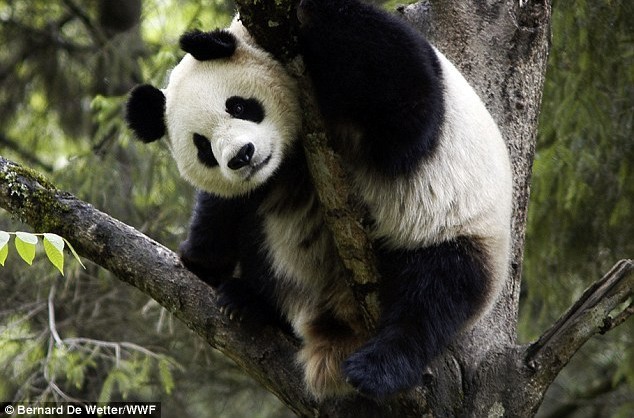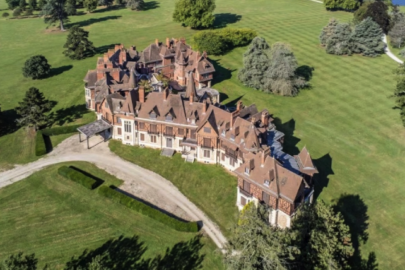Industrial activities such as mining, dredging or drilling for oil threaten almost half of the world’s natural World Heritage sites, the WWF conservation group said on Wednesday.
Australia’s Great Barrier Reef, the Grand Canyon National Park in the US and China’s Sichuan Giant Panda Sanctuaries, where more than 30 per cent of the world’s endangered pandas are living, are among the ‘incredible places’ being put at risk, according to WWF.
Of 229 natural or mixed World Heritage sites, which have been designated wholly or partly because of their natural formations, habitats for threatened species or their conservation, scientific or aesthetic value, 114 are under threat.
“This is staggering. We’re trying to raise a flag here,” Marco Lambertini, director general of WWF International, told Reuters. “We’re not opposing development, we’re opposing badly planned development.”
The study also mentions that more than eleven million people worldwide rely on World Heritage sites for food, water, shelter and medicine.
Nine out of 10 of sites provide jobs and benefits that stretch beyond their borders, and the protected areas help relieve poverty and food insecurity, tackle climate change and promote sustainable use of natural resources, it claims.


































